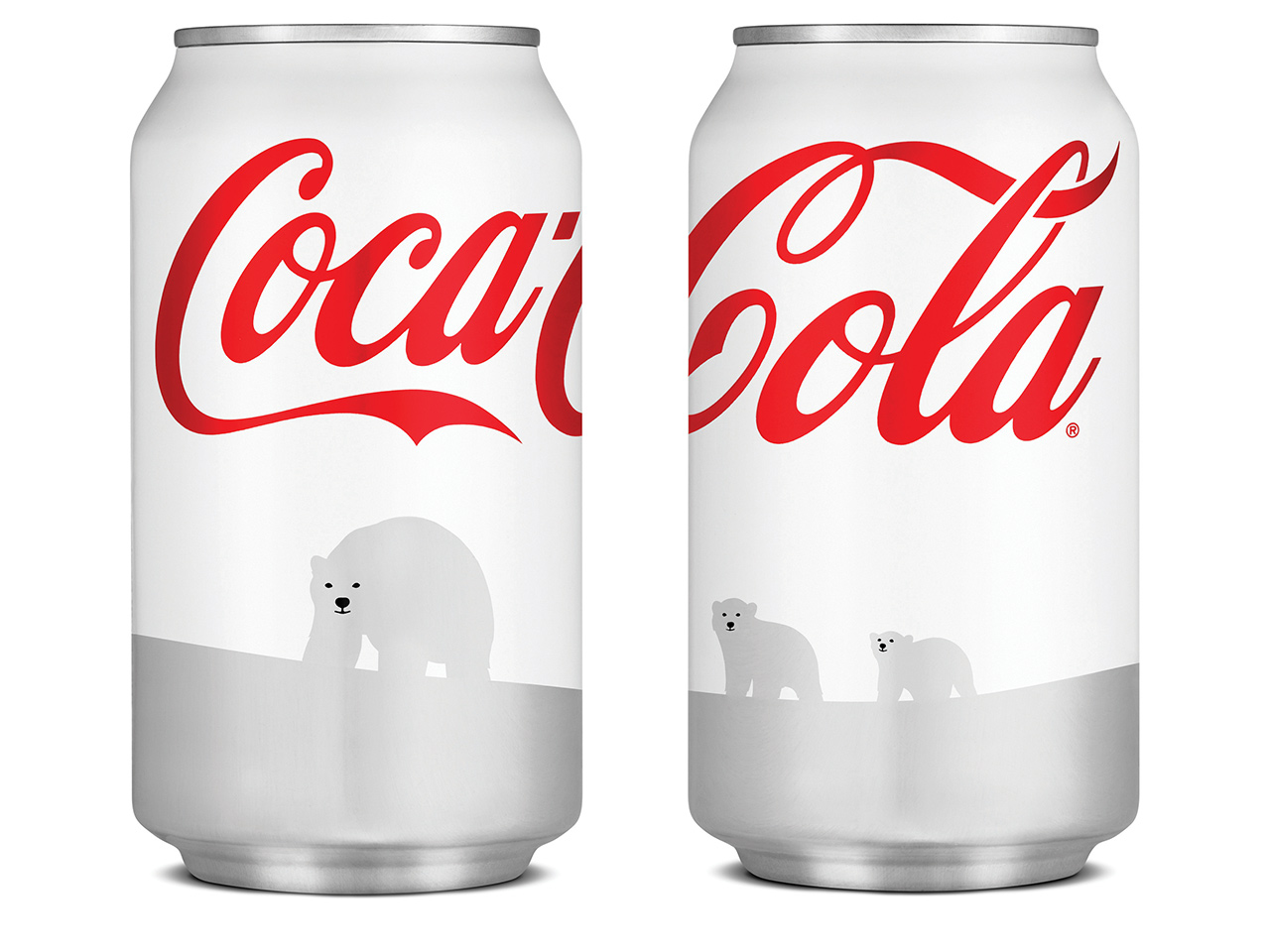A fascinating article came out in the New Yorker this week focused on the work of Charles Spence at Oxford University. This professor of experimental psychology has been doing tremendous work with consumer perception and food, using all kinds of sensory variables like sound, color and packaging to study how the human brain naturally perceives differences. His 2004 study with Pringles showed that “that the Pringles that made a louder, higher-pitched crunch were perceived to be a full fifteen per cent fresher than the softer-sounding chips. The experiment was the first to successfully demonstrate that food could be made to taste different through the addition or subtraction of sound alone.”
Freshness, saltiness, sweetness, all of these are naturally altered by consumers with sound and color. His findings are fascinating and definitely worth a read. For instance his analysis of the 2011 Coca-Cola white polar bear packaging, universally regarded as a misstep for the normally packaging savvy Coca-Cola, was not only an issue of differentiation between Diet Coke but that by packaging the product in a white can, it is perceived to be less sweet. No wonder so many consumers complained about formulation changes!
It was withdrawn when consumers complained that Coca-Cola had also changed its secret formula. For Spence, the can is evidence of the power of a package’s color to alter the taste of the contents. His lab has repeatedly shown that red, the usual color of a Coke can, is associated with sweetness; in one experiment, participants perceived salty popcorn as tasting sweet when it was served in a red bowl.
Great read: Accounting for Taste – How packaging can make food more flavorful by Nicola Twilley
Originally published at Pivot-Forward.com
http://www.pivot-forward.com/how-packaging-can-make-food-more-flavorful/















